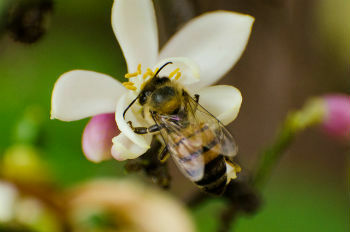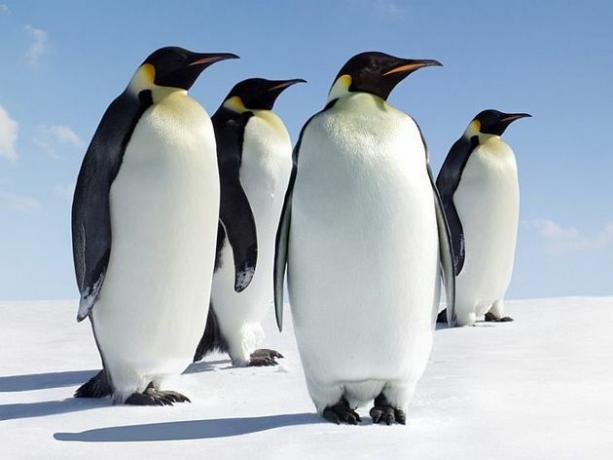Biological evolution corresponds to the process of modification and adaptation of species over time.
The current diversity of living beings is the result of processes of transformation and adaptation of species to different environments, constituting biological evolution.
The main idea of biological evolution is that all living beings share the same ancestor. From it came the huge variety of species we find today. Evolution can be said to be the process by which modern organisms evolved from ancient ancestors.
Until the mid-nineteenth century, the idea of creationism prevailed. According to creationism, species were created by a divine act and remain unchanged to this day.
Even in the mid-nineteenth century, evolutionary theory began to gain strength. In this context, the ideas of Charles Darwin and Alfred Russell Wallace are the most consistent to explain the evolution of living beings. Darwin claimed that living things, including man, descend from common ancestors, who changed over time.
Currently, the theory of neo-Darwinism explains the evolution of living beings. It emerged in the 20th century and represents the union of Darwin's studies, mainly natural selection, with discoveries in the area of genetics, such as Mendel's laws and mutations.
Learn more about Evolution Theories.
Evidence of Biological Evolution
Among the main evidences of biological evolution are: the fossil record, the adaptation of living beings to their environments and the similarities between species.
Fossil Record
O fossil is any remnant of very ancient organisms that have been preserved over the years through natural processes.
The study of fossils allows reconstructing the image of a species that has already disappeared and contributes to the study of the evolution of living beings. From the analysis of similarities and differences between species, it is possible to conclude about their appearance and disappearance.
Adaptation
Adaptation corresponds to the adjustment that all organisms present in relation to the environment in which they live.
Adaptations are characteristics maintained in populations or fixed in species by natural selection because they have a relative importance in the survival and reproduction of organisms. These are examples of adaptation, the camouflage it's the mimicry.
Similarities between species
The similarity between different groups of living beings reinforces the idea that they may have a common ancestor during their evolutionary history. See some evidence:
Homologous Bodies
Are those with the same embryonic origin and anatomical similarities, but with different functions. The process that originated homologous organs is called evolutionary divergence. An example is the forelimbs of most vertebrates.
Analogous Organs
Are those with the embryonic origin and different anatomical structures, but which perform the same function. Analogous organs arise by evolutionary convergence. An example is the wings of birds and insects.
vestigial organs
They are atrophied organs with no apparent function. An example is the appendix of man, which represents a vestige of a compartment of the intestine that housed microbes for the digestion of cellulose in our herbivorous ancestors.
Embryological Similarities
When observing the embryonic development of some species, it is noticed that they are very similar in some aspects. This demonstrates evidence of common ancestry. For example, fish, amphibians, reptiles, birds and mammals are very different as adults, but their embryos are very similar.
Molecular Similarities
Advances in Molecular Biology have made it possible to compare the genetic structure of different species. These studies complement the anatomical and embryonic similarities and confirm the relationship between the species.
Mechanisms of Biological Evolution
The theory of neo-Darwinism considers the following mechanisms as factors that contribute to evolutionary change:
mutations
THE mutation corresponds to any change in the genetic material of an organism that may give rise to a new trait. If this new trait offers an advantage to the individual, the allele tends to be preserved by natural selection.
Genetic Drift
THE genetic drift it corresponds to a process of random change in the allelic frequencies of a population. Genetic drift changes the allelic frequency of a population in a random way. It doesn't work to produce adaptations.
Natural selection
THE natural selection it is one of the fundamental mechanisms of evolution. Through it, the individuals most adapted to a given condition are selected. Thus, they are more likely to survive, reproduce and transmit their characteristics to their offspring.
Read too:
- Exercises on evolution
- Adaptive Irradiation
- Evolutionism
- Human evolution
- Organs of the human body without which you can survive



